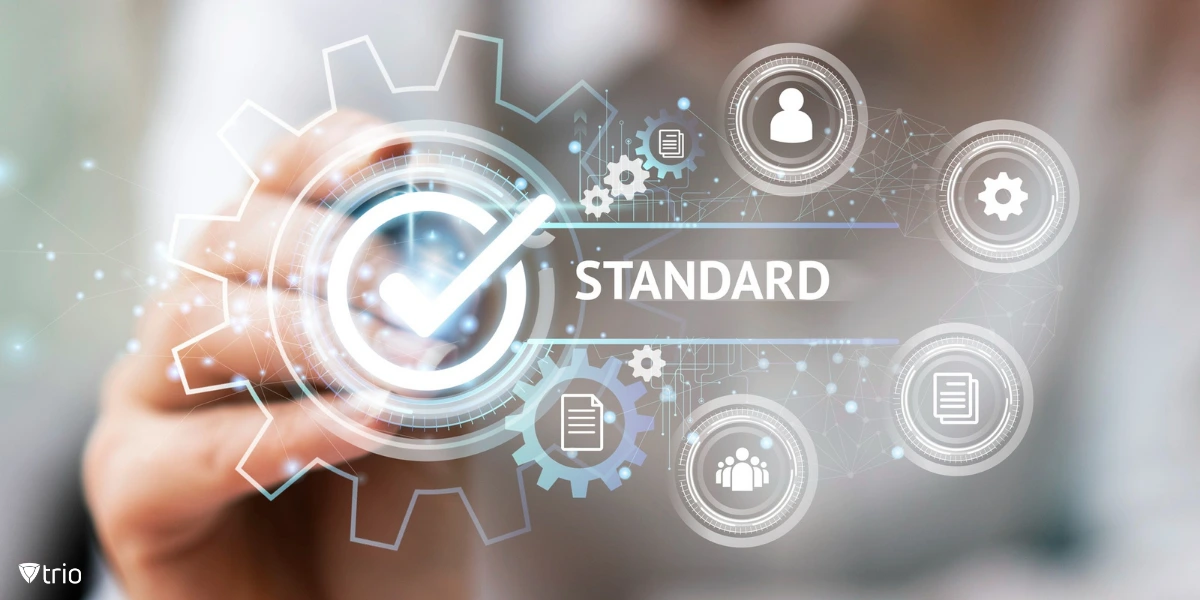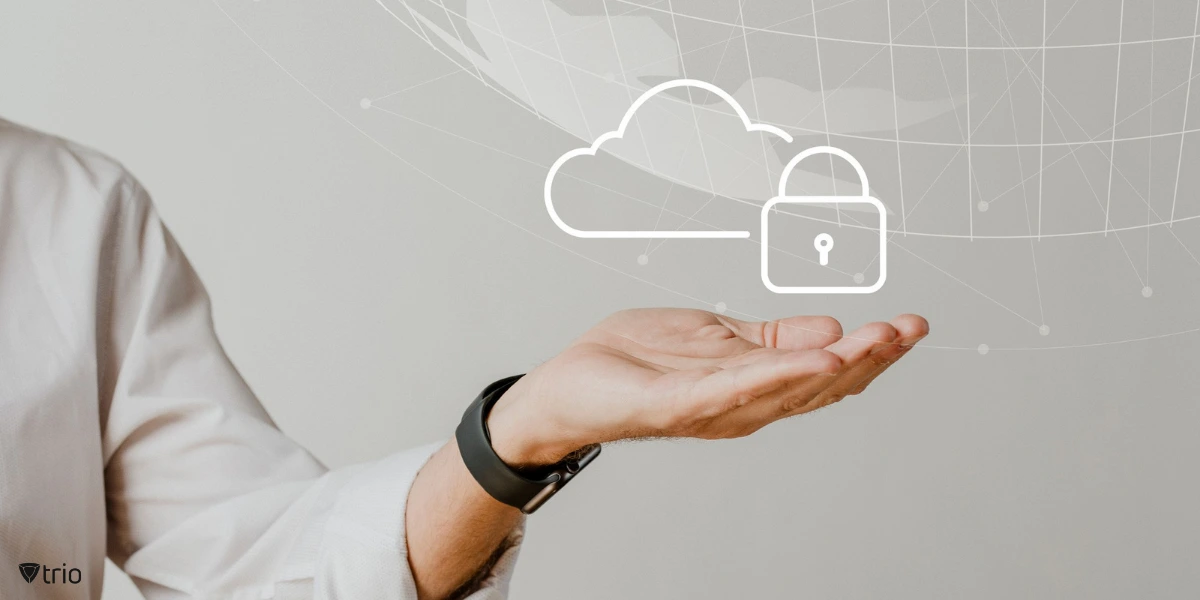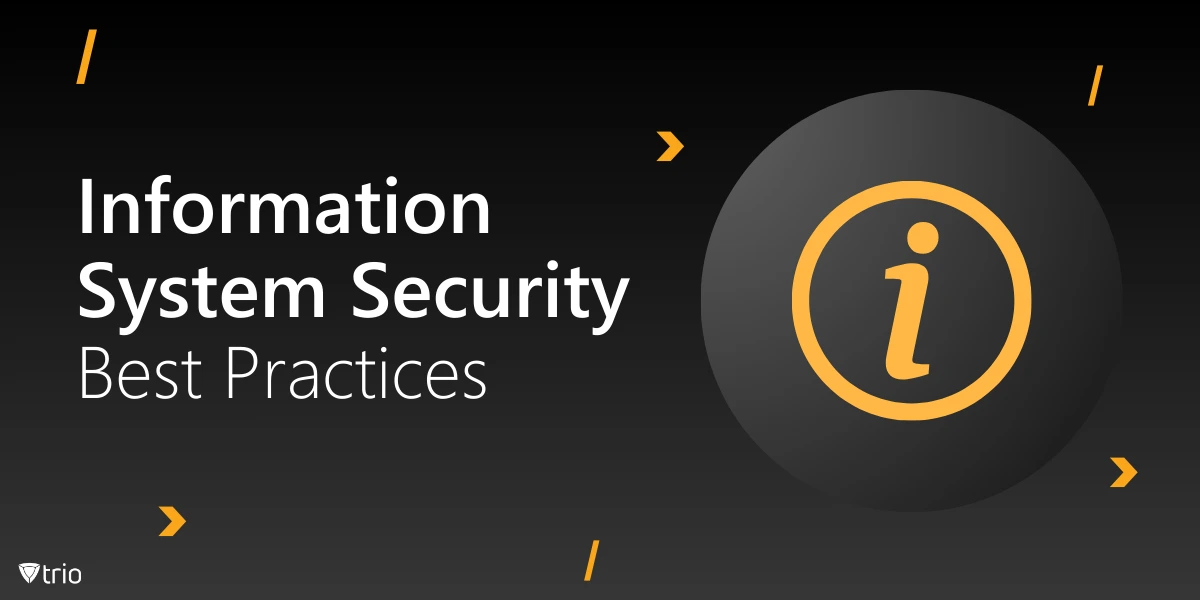Nowadays, businesses and individuals heavily rely on digital systems, making the protection of data and sensitive information critically important. Information System Security Management (ISSM) is essential for safeguarding information systems, ensuring data security, and protecting against cyber-attacks. By focusing on the security of IT infrastructure and operational systems, ISSM helps to minimize information security risks and prevent unauthorized access. For IT professionals, understanding best practices in ISSM is crucial to reducing vulnerabilities and maintaining a secure technological environment. This blog will outline essential best practices for effective information system security management.
ISSM vs ISMS
While Information System Security Management (ISSM) and Information Security Management Systems (ISMS) are often mentioned together, they serve distinct roles within an organization’s security framework. ISSM focuses on the technical and operational aspects of protecting information systems—such as servers, networks, and devices—by applying security measures like access control and encryption to safeguard against cyber threats. On the other hand, an ISMS is a broader framework that governs all information security efforts, including policies, procedures, and risk management strategies.
Despite their differences, ISSM and ISMS are closely linked. ISSM serves as the foundation of an ISMS by ensuring that the technical aspects of IT systems are secure. Meanwhile, the ISMS ensures that these security measures align with broader organizational goals, industry standards like ISO 27001, and continuous improvement efforts. Together, they form a comprehensive approach to protecting both information assets and IT infrastructure from emerging threats.
Conduct Thorough Risk Assessment
Risk assessment is the foundation of a solid information security management system (ISMS). It allows you to identify potential security risks to your organization’s information assets and prioritize them based on their potential impact. Effective risk management means analyzing vulnerabilities, understanding possible threats, and calculating the likelihood of exploitation.
For IT professionals, this process begins with a comprehensive audit of your current systems, identifying weak points where cyber-attacks might occur. By understanding your organization’s vulnerabilities, you can implement appropriate security measures to mitigate those risks and develop a strong defense against malicious activities.
Implement an Information Security Management System (ISMS)
An Information Security Management System (ISMS) is essential for managing information security risks across your organization. An effective ISMS should include policies, procedures, and controls designed to protect your information assets and ensure compliance with security requirements.
The ISO 27001 standards serve as a benchmark for building an ISMS, offering a structured approach to information security. By following these standards, businesses can create a robust framework that aligns with industry expectations, strengthens access control, and limits security incidents. Whether you’re managing a small business or an enterprise, implementing an ISMS allows for continuous improvement and reduces the risk of data breaches.

Regular Information System Security Management Certification and Training
Achieving certifications related to Information Security Management, such as ISO 27001 certification, ensures that your organization is meeting global security standards. Although ISO 27001 specifically certifies an Information Security Management System (ISMS), it plays a crucial role in supporting effective Information System Security Management (ISSM) by verifying that your organization follows best practices for managing and protecting data. The certification process involves an external audit to validate your security policies, risk management practices, and the overall effectiveness of your ISMS, which in turn helps strengthen your ISSM efforts.
While there isn’t a specific Information System Security Management (ISSM) certification, several widely recognized certifications cover critical aspects of ISSM practices. Certifications such as the Certified Information Systems Security Professional (CISSP) and Certified Information Security Manager (CISM) validate skills in securing IT systems and managing information security risks. Additionally, certifications like CompTIA Security+ and Certified Ethical Hacker (CEH) focus on fundamental security skills and vulnerability management, both essential for ISSM.
Other certifications, such as Certified Information Systems Auditor (CISA) and ISO/IEC 27032 Lead Cybersecurity Manager, provide specialized knowledge in auditing and cybersecurity, further strengthening ISSM efforts. Although these certifications aren’t specifically for ISSM, they equip professionals with the expertise to effectively protect information systems, secure data, and manage IT security risks.
In addition to obtaining certification, training your employees in information security management is equally important. Regular information security management system training should be part of your continuous improvement plan to ensure that all personnel understand their role in safeguarding sensitive data. This proactive approach minimizes human errors that can lead to data breaches.
Adopt Information Security Management System Software
Information security management system software plays an important role in automating and managing your security measures. From monitoring network activity to identifying anomalies in real-time, these management tools streamline security operations and provide actionable insights into potential threats.
ISMS software offers centralized visibility over your IT infrastructure, allowing you to handle security incidents swiftly. With advanced features like automated risk assessments, access control, and data security monitoring, IT teams can respond to issues more efficiently, ensuring better protection against cyber threats.
Develop a Comprehensive Cybersecurity Incident Response Plan
A well-defined Cybersecurity Incident Response Plan (CIRP) is crucial for minimizing damage when a cyber-attack occurs. A CIRP ensures that your IT team can quickly respond to incidents such as data breaches, DDoS attacks, and malware infiltrations.
Your CIRP should include steps for identifying the breach, containing the incident, eradicating the threat, and recovering from the attack. Having this plan in place, combined with disaster recovery protocols, helps organizations maintain continuity and limit the long-term impact of security incidents.
Strengthen Access Control Measures
Access control is a critical aspect of information security. Proper access control ensures that only authorized personnel have access to sensitive information and reduces the chances of internal security breaches.
To improve your access control strategy, consider implementing multi-factor authentication (MFA), which requires more than one method of authentication. This can include combining passwords with biometric scans or one-time passcodes. By adding layers of verification, MFA mitigates the risks associated with stolen credentials and unauthorized access to confidential data.

Monitor and Manage Security Incidents Continuously
Continuous monitoring is necessary for detecting and responding to security incidents in real-time. By implementing advanced monitoring tools, organizations can identify potential threats, log suspicious activity, and address vulnerabilities before they escalate into significant problems.
Regular audits and penetration testing should also be conducted to assess the effectiveness of your security measures. This not only strengthens your defenses but ensures that your ISMS is evolving to address new risks and complies with security standards.
Conduct Regular Security Audits and Assessments
Frequent security assessments are necessary for maintaining a secure environment. Security audits identify gaps in your current security protocols, enabling you to strengthen your ISMS and stay ahead of evolving cyber threats.
Through assessments such as vulnerability management, IT risk management, and mobile security reviews, IT teams can address weaknesses before they become significant threats. Incorporating these reviews into your security strategy will ensure continuous improvement and adherence to best practices.
How Trio Can Help Secure Your Information Systems
When it comes to managing information system security, having the right tools in place can make all the difference. Trio offers a comprehensive suite of features that allow businesses to protect their information assets with ease. With Trio, IT professionals can centralize security management, enforce access controls, monitor security incidents, and ensure data security across devices from all platforms.
By integrating Trio into your ISMS, you can automate compliance with security standards, mitigate security risks, and strengthen your organization’s approach to information security. Trio is designed to simplify the management of mobile devices, ensuring that your systems remain secure.
Ready to see how Trio can enhance your information system security management? Contact us for a free demo today!
See Trio in Action: Get Your Free Trial Now!
Conclusion: Enhancing Security through Best Practices
Information System Security Management (ISSM) is an ongoing effort that requires a proactive, strategic approach. By adopting best practices such as conducting thorough risk assessments, implementing robust Information Security Management Systems (ISMS), and continuously training your team, you can significantly reduce your organization’s vulnerability to cyber threats. Regular audits, the adoption of management software, and strong access control measures all contribute to a comprehensive security posture.
While no security framework is completely impervious to attacks, the combination of ISSM and ISMS practices, along with staying informed about new threats and technologies, will enable your organization to stay ahead of the curve. Implementing Trio as part of your security strategy enhances these efforts by simplifying device management, enforcing access control, and providing real-time monitoring. By following these best practices and using Trio, IT professionals can ensure that their systems and data remain secure in an increasingly hostile cyber environment.




